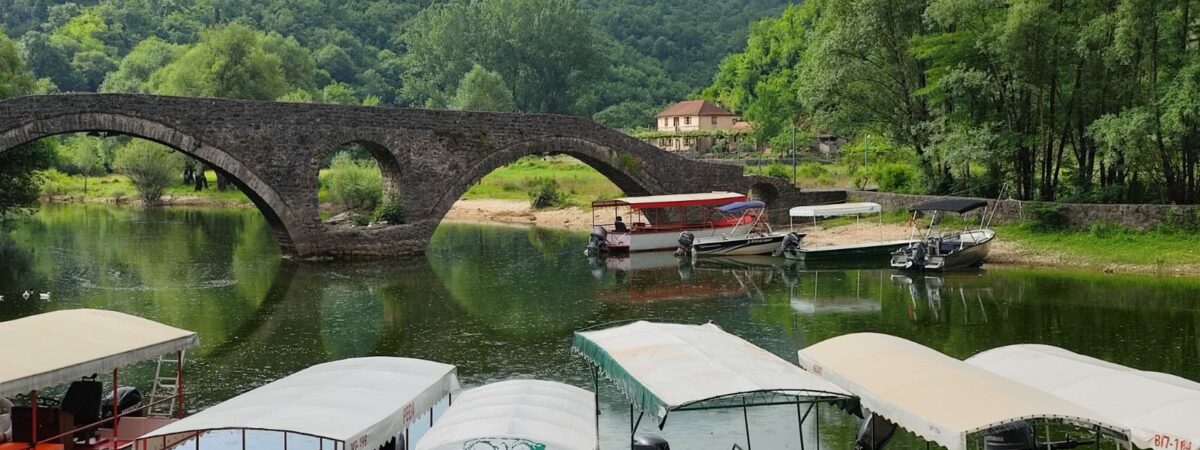Cetinje, which was once the capital of Montenegro and is today designated as the “Old Royal Capital,” has a population of around 16,000 people. Located in a ring of mountains, between two national parks and halfway between the Adriatic Sea and the country’s largest city and current capital, Podgorica, Cetinje is a perfect mix of culture and nature. Local expert Nikola Radović shares tips for anyone planning a trip.
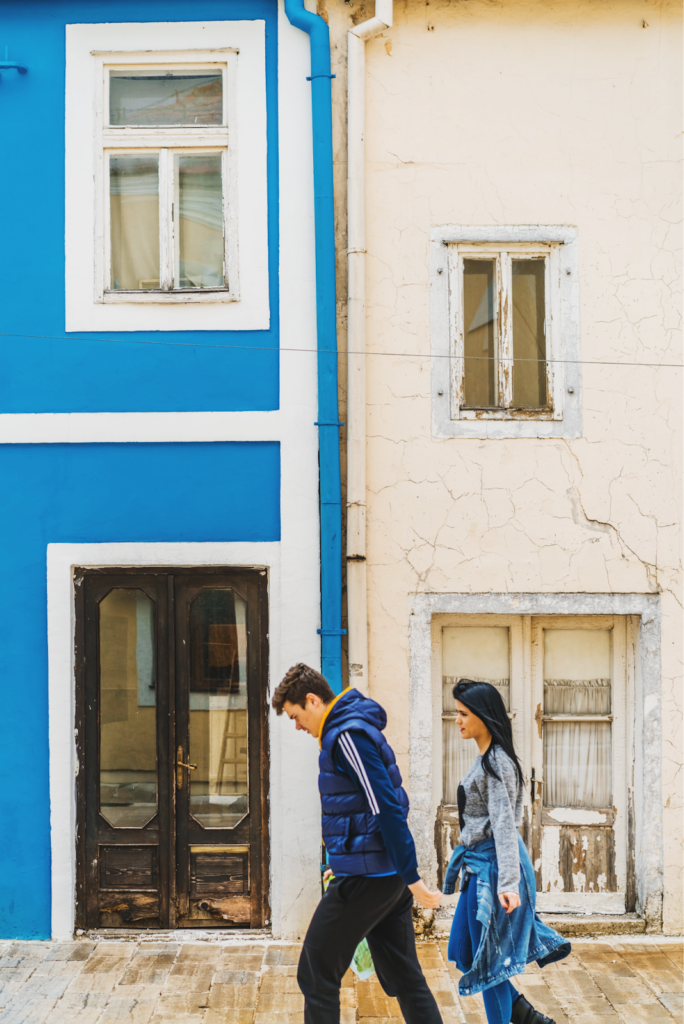
Upon Arrival
After a visitor arrives in my city, I always recommend going straight to the main square, King Nikola’s Square, to get right where main highlights are because the National Museum of Montenegro, the oldest cafes, former embassies, holiday bazaars, and concert venues are located here.
The best time to be here is during the summer — roughly June through August. That’s when the city is the most vibrant and has the most international and local visitors since the hot temperatures in Podgorica and crowded coastline attract travellers looking for a quick getaway.
I tell first-time travellers to stay at least a couple of days to settle in, enjoy morning coffee at one of the small local cafes, have an evening walk on Njegoseva Street, and simply feel the local vibe. I also tell them to avoid using a car when moving around, since the town itself is not very large and parking can be an issue in the centre.
People from here know better than to wear clothing that’s too lightweight in the summer evenings. Instead, they should wear something warmer since the temperatures become much cooler when the sun goes down.
The best museum to start your journey and get a good sense of this city is the National Museum of Montenegro, also known as King Nikola’s Palace, because it provides great insight into Montenegro’s history and road to independence during the Petrovic dynasty.
Parents should take their kids to the city parks located just behind the main square or the Bishop’s Garden (right in front of the Monastery of Cetinje) because these spots are full of natural greenery with benches, and they are great for picnics, are close to cafes, and have playgrounds.
Food from the Heart
Among the food (or dishes) my city is most proud of, slow-cooked or roasted veal is an absolute must. I like to go to several spots in town, but the best is Restaurant Kole, where no one leaves hungry.
When we get together to celebrate Christmas Eve or Independence Day, rakija (homemade schnapps) is what people traditionally drink. I like to gather my friends and go to a small family-owned pub called Frida for a round. In Frida, you can also find Montenegrin craft beer Paun, my personal favourite.
When I eat completely local, I will go to Cetinje Restaurant. I know the food here is homemade, traditional, and served in big portions.
Another two classic, iconic restaurants include Restaurant Belveder, which has the best view and traditional dishes, and Pjat, which is mostly takeaway but you can find anything from pastries, pizza, and grilled specialties.
The part of town where locals come for traditional food is the city centre (downtown), but Belveder (mentioned above), which is just outside of the town, shows that great local spots can be found throughout Cetinje and beyond.
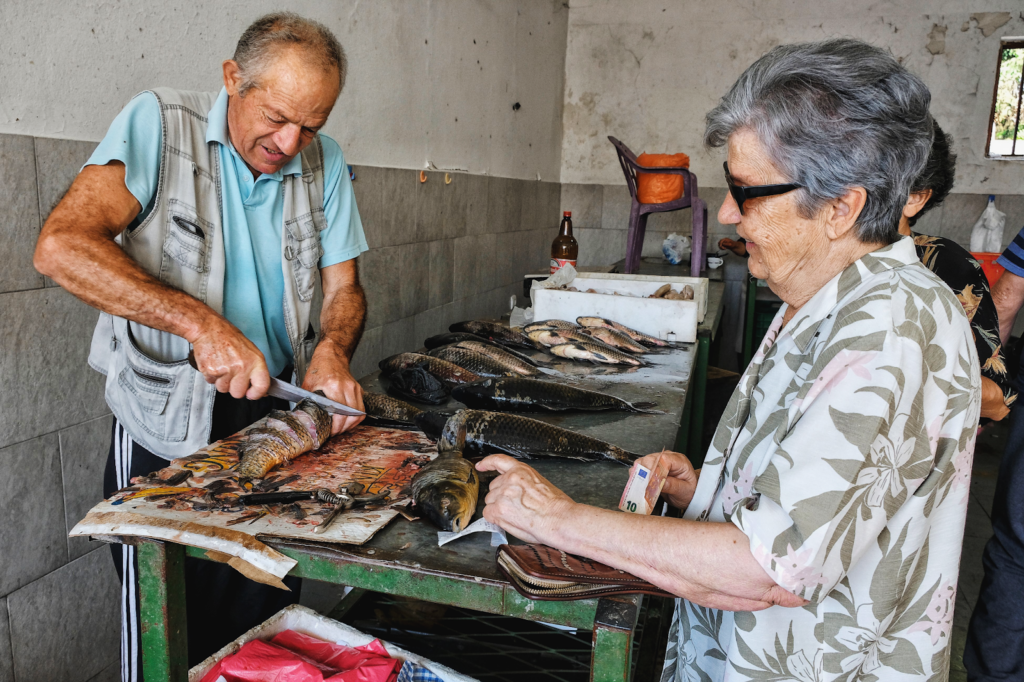
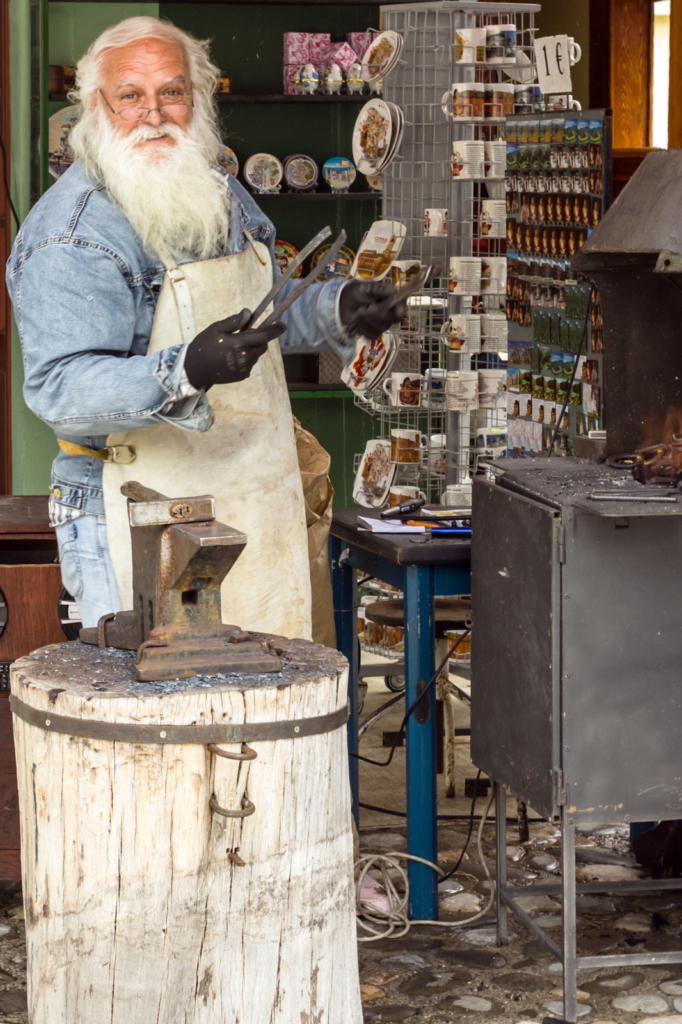
Shopping Locally
My city is known for making great smoked ham (prosciutto) and Njegusi cheese — both are musts as cold starters at any table.
The best outdoor food market in Cetinje is the local green market located just behind Baja Pivljanina street across Balsica Pazar. Every Friday is “market’s day,” when food producers from the countryside come to sell their organic products.
I always take visitors to Caffe Napoli located in the main city square to buy real, local souvenirs. The products are made right there on the spot, under the hot hammer and anvil and the vibe is surreal — you get the feeling of being in a mediaeval craftsman’s shop. And we know to avoid the stands just outside main bus parking next to the city park because the items are often plastic and imported.
Getting Deeper into Cetinje
A great book to learn more about my city is “Stone Throne of Freedom” by Dusan J. Martinovic.
Most people know about the Monastery of Cetinje. This symbol of Montenegro’s centuries-long fight for freedom has a treasury containing some of Christianity’s most sacral pieces: John the Baptist’s hand and a piece of the Holy Cross. But Vlaska Church should also be visited because it’s the oldest building in Cetinje with an interesting garden and a beautiful monument of the Fairy of Lovcen.
My city is a place people are attracted to because of its great summer climate, its history, the incredible parks and fresh air, and the Montenegro Beer Fest in the summer.
To really celebrate my city at its best, come during the national holidays on May 21 (Independence Day) and July 13 (National Day). That’s when people from every part of Montenegro gather in Cetinje for grand celebrations. Everything is colored in red flags, there are lots of families, and you can really feel the great energy.
Most people think of my city as a place to visit for an excursion only, but really this is a destination where you can easily spend several days. Located at the foot of Lovcen National Park with numerous hiking trails, Cetinje is a 15-minute drive to the picturesque Rijeka Crnojevica at the edge of the stunning Skadar Lake National Park, where you can catch a romantic boat ride. For speleology fans there is Lipa Cave with various tours and explorations.
This is one of the best places in the world to experience the traditional Montenegrin lifestyle — through food, local customs, architecture, and museums. Locals are proud of that because of the centuries-long fight for freedom in the hills against the powerful Ottoman Empire. As well, Cetinje represents the founding of Montenegro that we know today.
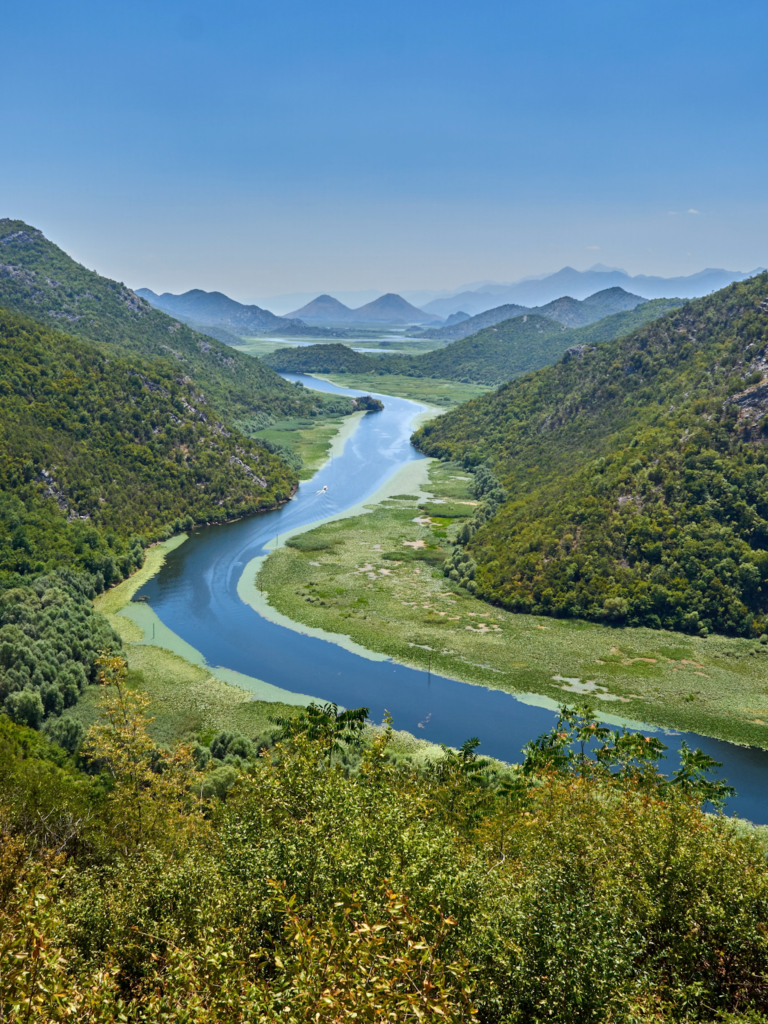
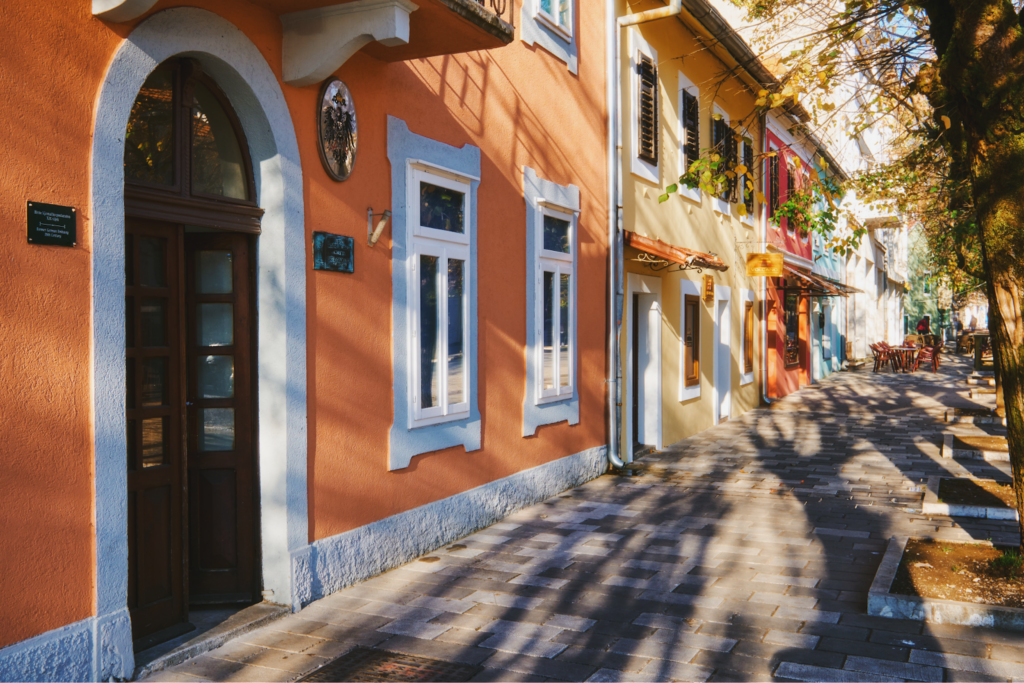
Getting Around Cetinje
One thing you should know about getting around my city is that it is incredibly easy to walk nearly everywhere you want to go. From the main square to the green market or most of the museums it is only a five-minute walk.
The best way to travel in my city to have as little impact as possible is to walk, but you can also use bicycles. There is bike parking just outside the city park next to the tourist information office. Also, in the same parking area, there are car-charging stations for electric vehicles.
Luckily this method of transportation also allows me to really explore the architecture of every little street and all those old houses that surround the city centre and thus feel the pulse of the town.
Outside the City
To get away and into the outdoors, I like to go hiking in Lovcen National Park since the trails there are rich with forests with breathtaking views over the Bay of Kotor. For those who prefer light activities, Skadar Lake National Park is a birder’s paradise, with more than 280 different species, which can be seen during a boat cruise along with lots of picturesque sights and channels. Such a cruise gives you a feeling of being somewhere in the jungle rather than in the heart of Europe.
For a day trip just beyond my city, I like to visit the Old Town of Kotor, a UNESCO World Heritage Site, located on the other side of Lovcen Mountain. A one-hour bus ride costs approximately six euros. The town and its ancient buildings are tucked between the mountains, two rivers, and the sea. A city highlight is St Tryphon’s Cathedral, which was built in 1166. But, don’t miss climbing the city walls that go up to 280 metres of elevation and start from sea level.
Many people will head to Budva, which is known as the centre of nightlife during the summer season, but locals know to go to Perast instead, which is just 20 minutes beyond Kotor. It has magical Baroque palaces and two small islands, including the Our Lady of the Rocks, a short boat cruise away.
I really enjoy the view of my city from Eagle’s Rock, a monument dedicated to the founder of the Petrovic dynasty. It is located on a hill above the Monastery of Cetinje. The steep walk is rewarded with the best view of the city.
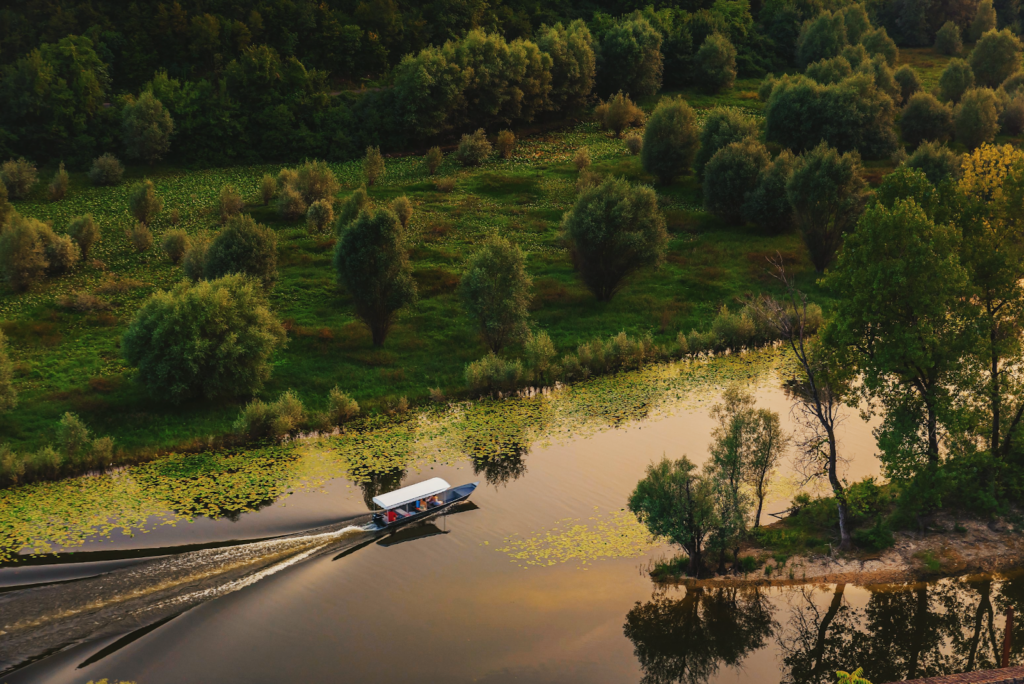
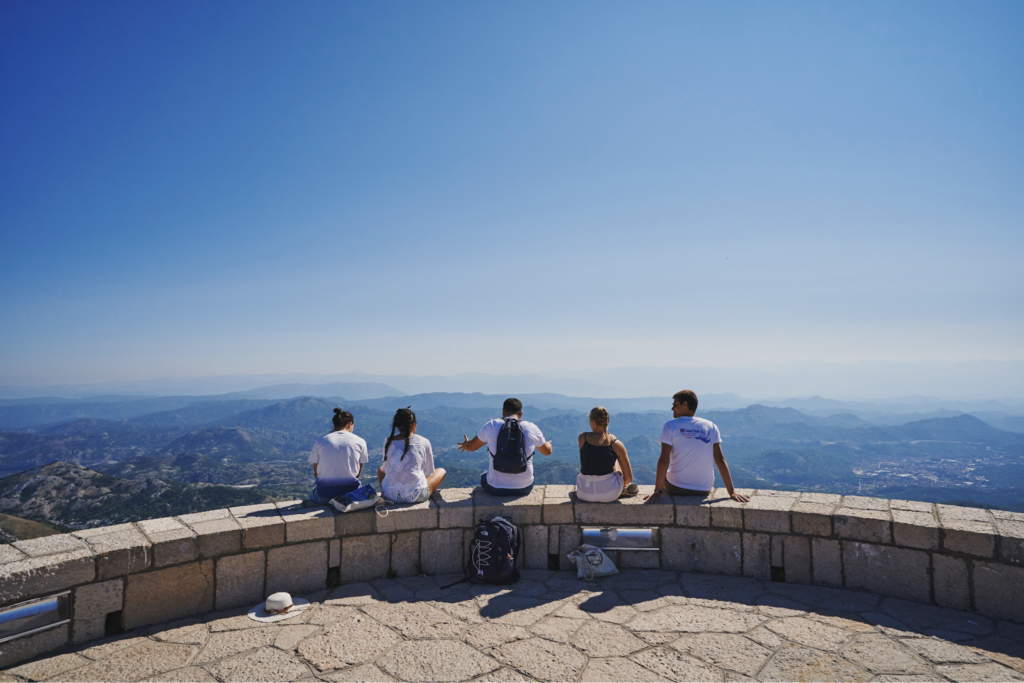
Connecting with Locals
When I want to have fun and celebrate being out in my city, I go out to Gradska, located in the former Bulgarian embassy, which is one of the oldest cafes in town. Today it is also a small boutique hotel. Its gastronomic and liquor offerings are worth the visit.
To hang out with my friends and go to a real insider spot, I go to Vinoteka where I enjoy the nice and cosy atmosphere with a nice fire, so it’s a great spot to hang out in the winter (December through February for us). The domestic brand of Niksicko beer or some of their dishes will have you ready for a night out. Another place only locals know is VIP fast food, which has the best chicken sandwiches in the country.
The best resource for finding out what’s going on around town is the old-school posters found on billboards around town or on the walls of cafes. Another way to find out what’s happening in town are the social media accounts of the cafes.
When I want to enjoy my city without spending much (or any) money, I simply stay in Cetinje, as prices in any café are more affordable than in the neighbouring cities of Podgorica and Budva.
Frida cafe is my first choice for music because it covers various genres and is probably the only spot with good jazz vibes. And when I feel like dancing, I go to New York café for the best local DJ shows and, in the summer, international music star guests.
Finding Solitude in Cetinje
When I want to go somewhere to sit and meditate about my incredible city, I go to Ivanova korita, an excursion spot in Lovcen National Park about 20 minutes from town. The tranquillity of the forest and a walk powered by fresh mountain air clears your mind of any concern or worry.
If I chose the one place that makes me most proud of my city, it would have to be the Old Town centre because of history and the important landmarks like the Monastery of Cetinje, Billiard House, Church of the Birth of Holy Mary, and the Bishop’s Garden, where nature meets ancient stone architecture in perfect harmony.
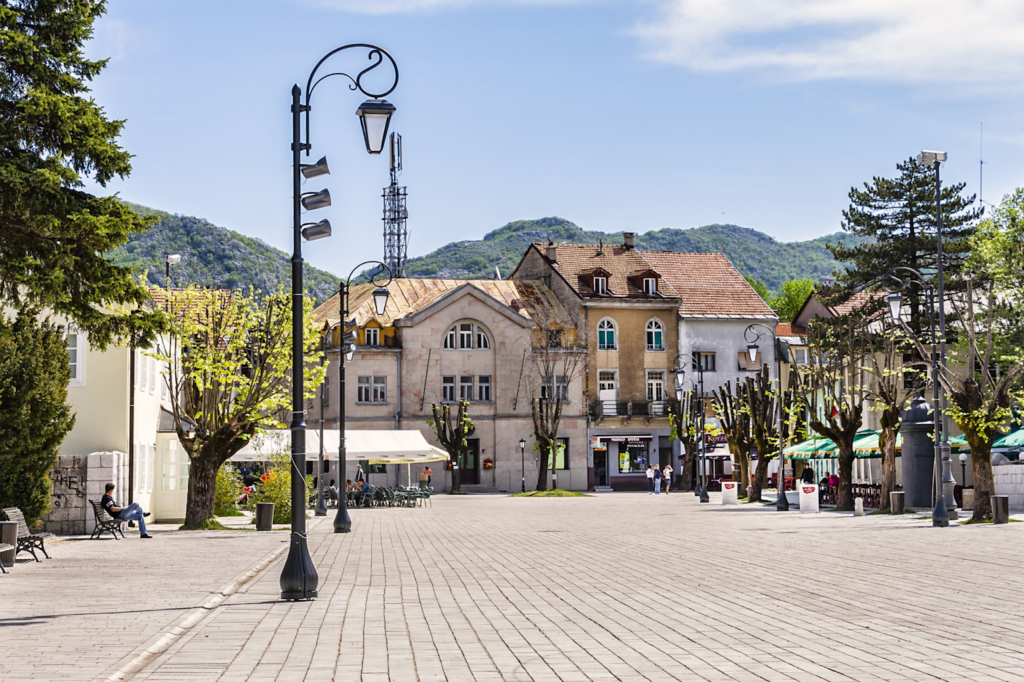
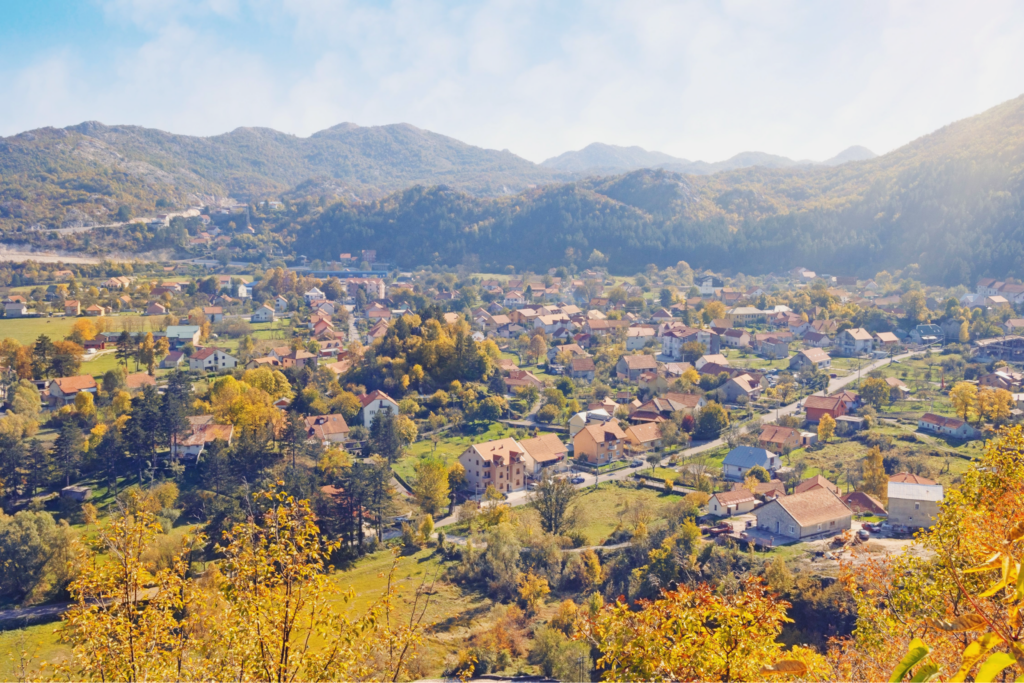
When the Seasons Change, This City Shines
Spring (March-May) is the best time to take a walk to the top of Borovik Hill, on the southern side of Cetinje valley. The awakening of nature in the spring can be best witnessed on this moderate, uphill trail.
I always recommend visitors to go to Cetinje events and festivals in the summer (June-August) because the annual Montenegro beer fest is an international music event in July. Cetinje is also known for its “Days of Linden and Honey” traditional fair showcasing homemade honey products from the region.
The fall (September-November) here is magical when you just walk along the town streets and enjoy the golden and brown colours of trees. Almost every local household is preparing some winter supplies, whether it is rakija, homemade jams, juices … or all a combination of all of these! Wherever you stop in, I am sure you’ll get a feeling of Cetinje autumn through all your senses.
The winter (December-February) is a great time to visit, especially if there is snow in town. Located at an elevation of 650 metres, Cetinje offers a unique opportunity to spend a day in winter magic only a 30-minute drive from the Adriatic coast.

